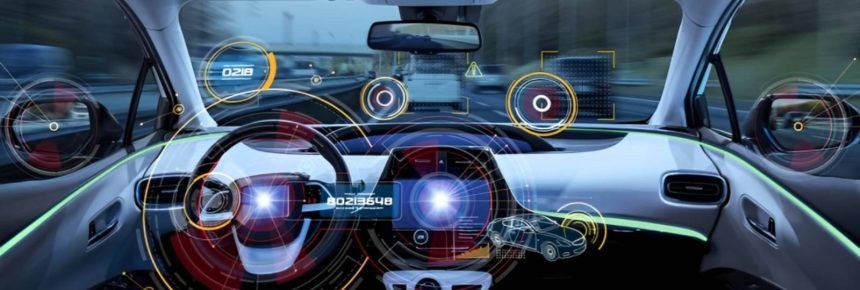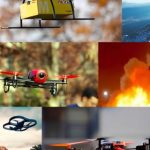As autonomous vehicles become more prevalent, there are several key design considerations that need to be taken into account.
- Safety: The safety of passengers, other drivers, and pedestrians should be the top priority for autonomous vehicle designers. The vehicle’s sensors, software, and hardware must be robust and reliable enough to ensure that the vehicle can safely navigate complex traffic situations and unexpected obstacles.
- Sensor Technology: Autonomous vehicles rely on sensors to perceive the world around them, including cameras, radar, lidar, and other sensors. These sensors must be high-quality, durable, and capable of accurately detecting and interpreting their surroundings.
- Computing Power: Autonomous vehicles require powerful computing systems to process the vast amounts of data collected by their sensors and make real-time decisions. These systems must be reliable, efficient, and capable of handling a wide range of complex scenarios.
- Cybersecurity: Autonomous vehicles are vulnerable to cyber attacks that can compromise their safety and security. It is important to design these vehicles with robust cybersecurity measures to protect them from hackers and other malicious actors.
- Human-Machine Interaction: As autonomous vehicles become more common, it is important to consider how passengers will interact with them. Designers should consider the user interface and user experience to ensure that passengers feel comfortable and safe using the vehicle.
- Regulatory Compliance: Autonomous vehicles must comply with a range of regulations, including safety standards, data privacy laws, and licensing requirements. It is important to design these vehicles with compliance in mind to ensure that they can operate legally and safely on public roads.
Overall, designing an autonomous vehicle requires a careful balance of safety, performance, and user experience. By considering these key design considerations, designers can create vehicles that are safe, efficient, and enjoyable to use.
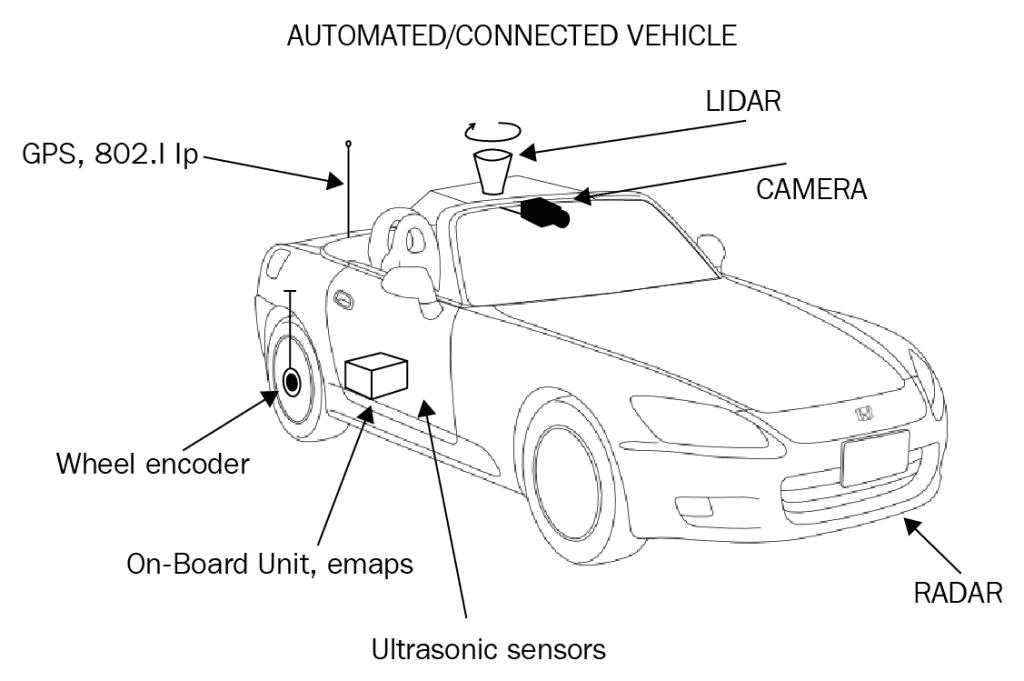
Components required for autonomous car design
Designing an autonomous car requires a complex combination of hardware and software components that work together to create a fully autonomous vehicle. Some of the key components required for autonomous car design include:
- Sensors: Autonomous cars rely on a range of sensors to perceive their surroundings, including cameras, radar, lidar, and ultrasonic sensors. These sensors collect data about the vehicle’s environment and send it to the car’s computer system for processing.
- Computer System: Autonomous cars require powerful computer systems to process the vast amounts of data collected by their sensors and make real-time decisions. These systems typically include multiple processors, high-speed memory, and advanced software algorithms.
- Control System: The control system is responsible for controlling the car’s acceleration, braking, and steering based on the data collected by the car’s sensors and processed by its computer system.
- Mapping and Localization System: Autonomous cars require a mapping and localization system that allows them to navigate their environment and determine their precise location. This system typically includes GPS, inertial sensors, and mapping software.
- Communications System: Autonomous cars require a communications system that allows them to communicate with other vehicles, infrastructure, and cloud-based services. This system typically includes cellular, Wi-Fi, and other wireless communication technologies.
- Human-Machine Interface: The human-machine interface (HMI) is responsible for providing passengers with information about the car’s status and allowing them to interact with the car’s autonomous features. The HMI typically includes a dashboard display, touch screen interface, and voice-activated controls.
- Safety Systems: Autonomous cars require a range of safety systems, including redundant sensors, emergency braking systems, and collision avoidance systems, to ensure that they can operate safely and avoid accidents.
Designing an autonomous car requires a combination of expertise in robotics, computer science, electrical engineering, and mechanical engineering. By carefully integrating these components, designers can create autonomous cars that are safe, efficient, and reliable.
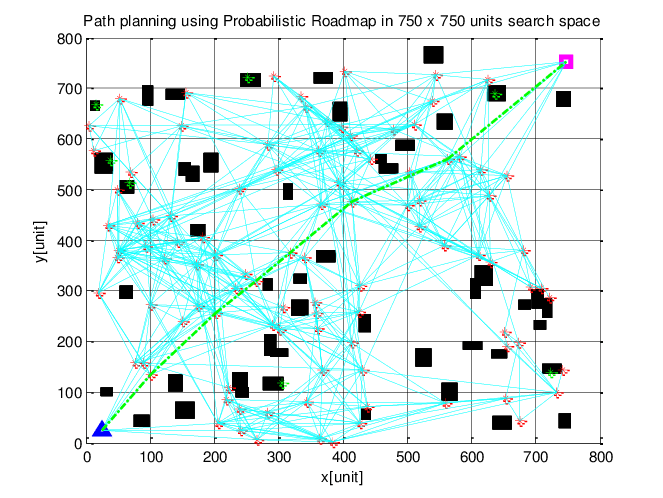
Path planning technology
Path planning technology is a critical component of autonomous vehicle systems. It refers to the algorithms and software that enable a vehicle to plan and follow a safe and efficient route through its environment.
Path planning technology is responsible for generating a driving trajectory that avoids obstacles and navigates around the surrounding environment. It must take into account factors such as traffic patterns, road conditions, and the behavior of other vehicles and pedestrians.
There are several approaches to path planning that can be used in autonomous vehicles:
- Rule-based planning: This approach uses a set of pre-defined rules and heuristics to determine the best path for the vehicle. The rules might include factors such as speed limits, road markings, and traffic signals.
- Model-based planning: This approach involves creating a model of the vehicle’s environment and using simulation to test different routes and trajectories. The model can be refined and improved over time to optimize the vehicle’s performance.
- Machine learning-based planning: This approach uses machine learning algorithms to train the vehicle to recognize patterns in its environment and make decisions based on that data. The vehicle can learn from past experiences and adapt to changing conditions in real-time.
Path planning technology must also take into account the vehicle’s other systems, such as its control system and sensors. The path planning algorithm must communicate with these systems to ensure that the vehicle stays on the correct trajectory and avoids obstacles.
Overall, path planning technology is a critical component of autonomous vehicle systems, and it requires a combination of expertise in robotics, computer science, and electrical engineering to develop and implement effectively.
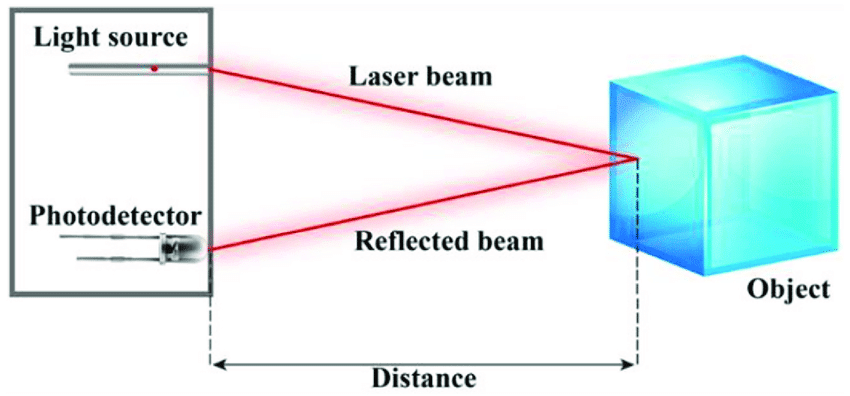
Design considerations for lidar
LiDAR (Light Detection and Ranging) is a key sensor technology used in autonomous vehicle systems, providing a 3D map of the vehicle’s surroundings.
There are several key design considerations that need to be taken into account when designing a lidar system for autonomous vehicles:
- Range and Resolution: The range and resolution of the lidar system are critical factors in determining its effectiveness. The system must be able to accurately detect and map objects at a sufficient range and with a high enough resolution to enable the vehicle to make safe driving decisions.
- Field of View: The field of view of the lidar system is also critical. The system must be able to scan a wide enough area to provide the vehicle with a complete picture of its surroundings, including obstacles, road markings, and other vehicles.
- Durability: Lidar systems are often mounted on the roof of the vehicle, where they are exposed to a range of environmental conditions. The system must be designed to be durable and reliable enough to withstand exposure to rain, dust, and other harsh conditions.
- Power Consumption: Lidar systems require significant power to operate, and the system must be designed to be as energy-efficient as possible to minimize the vehicle’s power consumption.
Digital design to speed up development
Digital design is a powerful tool that can help speed up the development of autonomous vehicles by enabling engineers to create, test, and refine designs in a virtual environment. There are several ways that digital design can be used to accelerate the development of autonomous vehicles:
- Simulation: Digital design tools can be used to create virtual simulations of autonomous vehicles, allowing engineers to test and refine the vehicle’s performance in a range of different scenarios. This can help to identify potential issues and improve the vehicle’s safety and reliability before it is built.
- Virtual Prototyping: Digital design tools can be used to create virtual prototypes of autonomous vehicle components, such as sensors, control systems, and communication systems. This allows engineers to test and refine these components in a virtual environment, speeding up the development process and reducing the need for physical prototyping.
- Collaboration: Digital design tools enable teams of engineers to collaborate more effectively, regardless of their location. This can help to speed up the development process by enabling teams to work together more efficiently and share ideas and data more easily.
- Rapid Iteration: Digital design tools allow engineers to rapidly iterate on designs, making changes and refinements quickly and easily. This can help to speed up the development process and enable engineers to test a range of different design options before selecting the final design.
Integrated vehicle control structure
An integrated vehicle control structure refers to the overall architecture that manages and coordinates the various subsystems of an autonomous vehicle. This structure ensures that all systems work together efficiently to achieve the desired vehicle behavior.
The integrated vehicle control structure typically includes several layers, each with its own set of functions:
- Perception Layer: This layer includes the sensors and algorithms that allow the vehicle to perceive its environment. It includes lidar, radar, and cameras, as well as software that can interpret the sensor data to identify objects in the vehicle’s surroundings.
- Planning and Decision-Making Layer: This layer is responsible for determining the vehicle’s path and trajectory, taking into account the information gathered by the perception layer. It includes algorithms for path planning, obstacle avoidance, and decision-making.
- Control Layer: This layer is responsible for implementing the commands generated by the planning and decision-making layer. It includes the vehicle’s actuation systems, such as the steering, braking, and throttle controls.
- Human-Machine Interface (HMI) Layer: This layer provides a way for the vehicle to communicate with its passengers or operators. It includes displays, speakers, and other interfaces that allow humans to interact with the vehicle.


